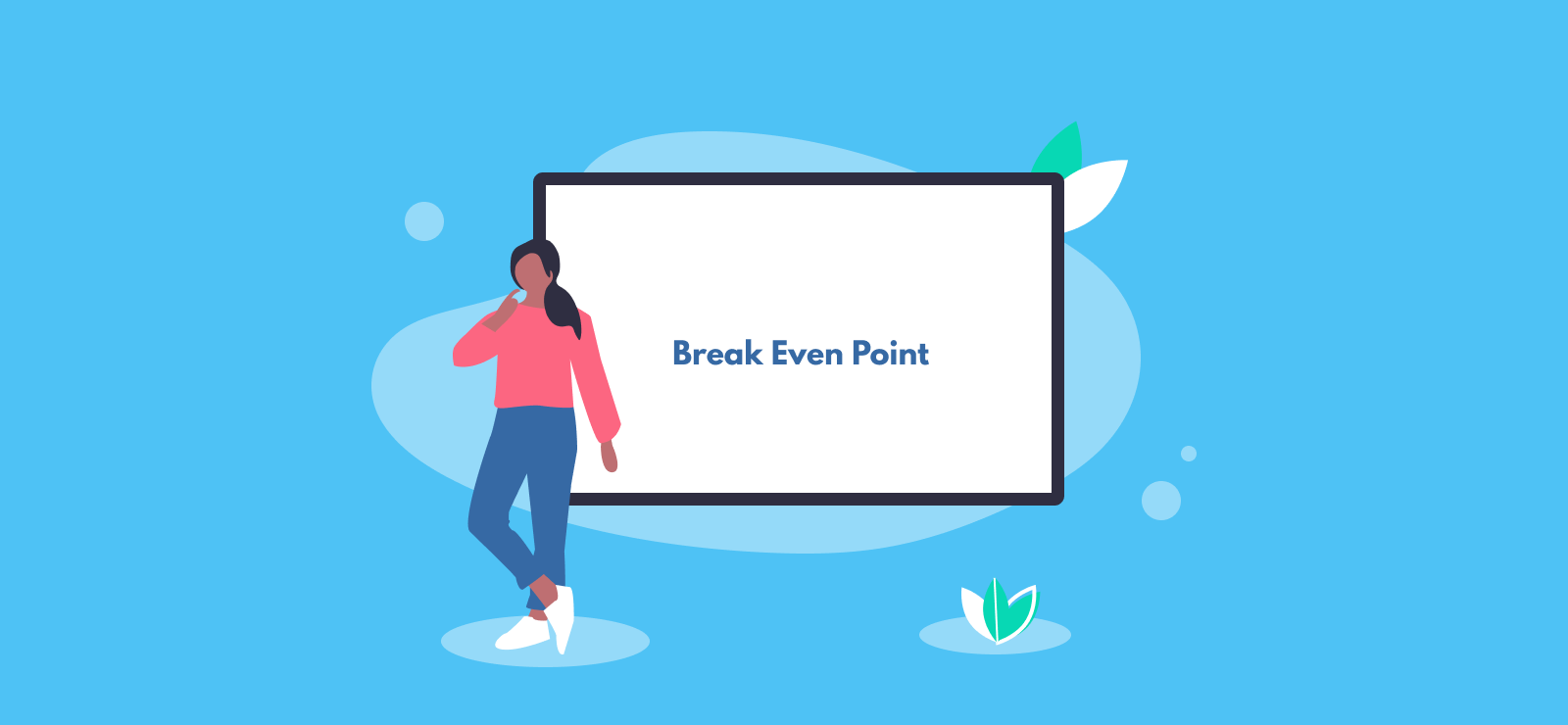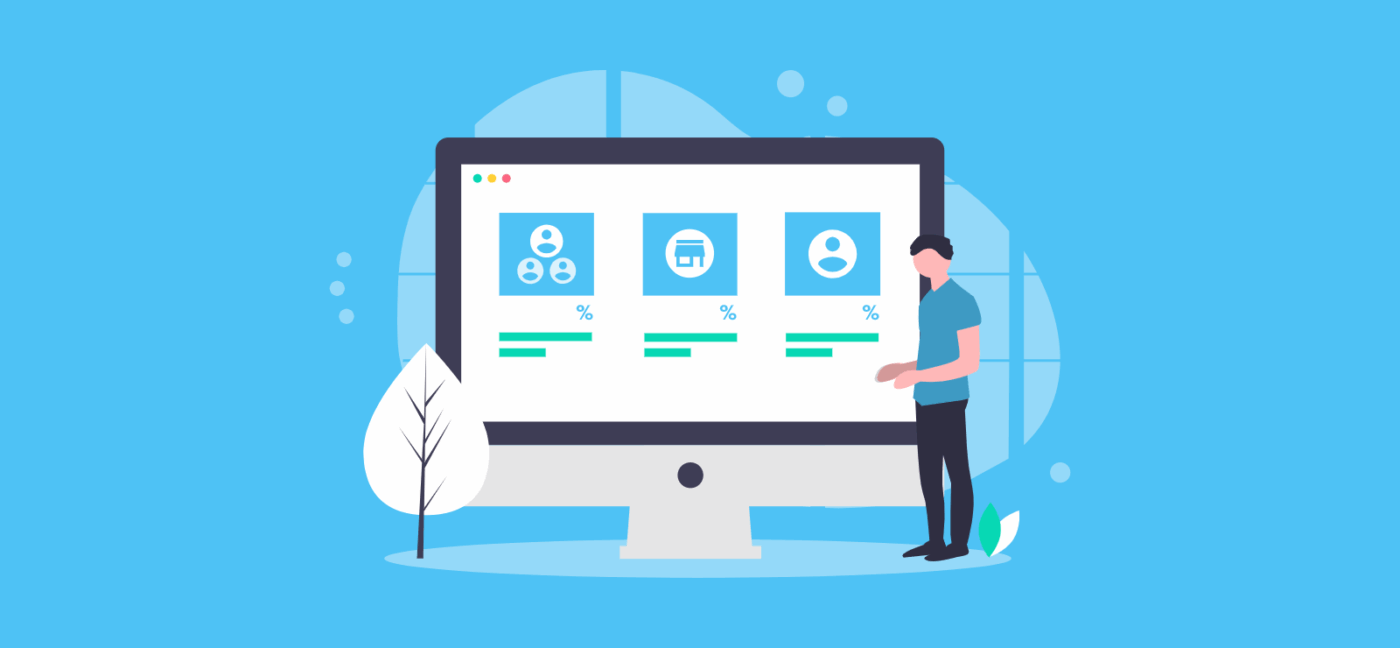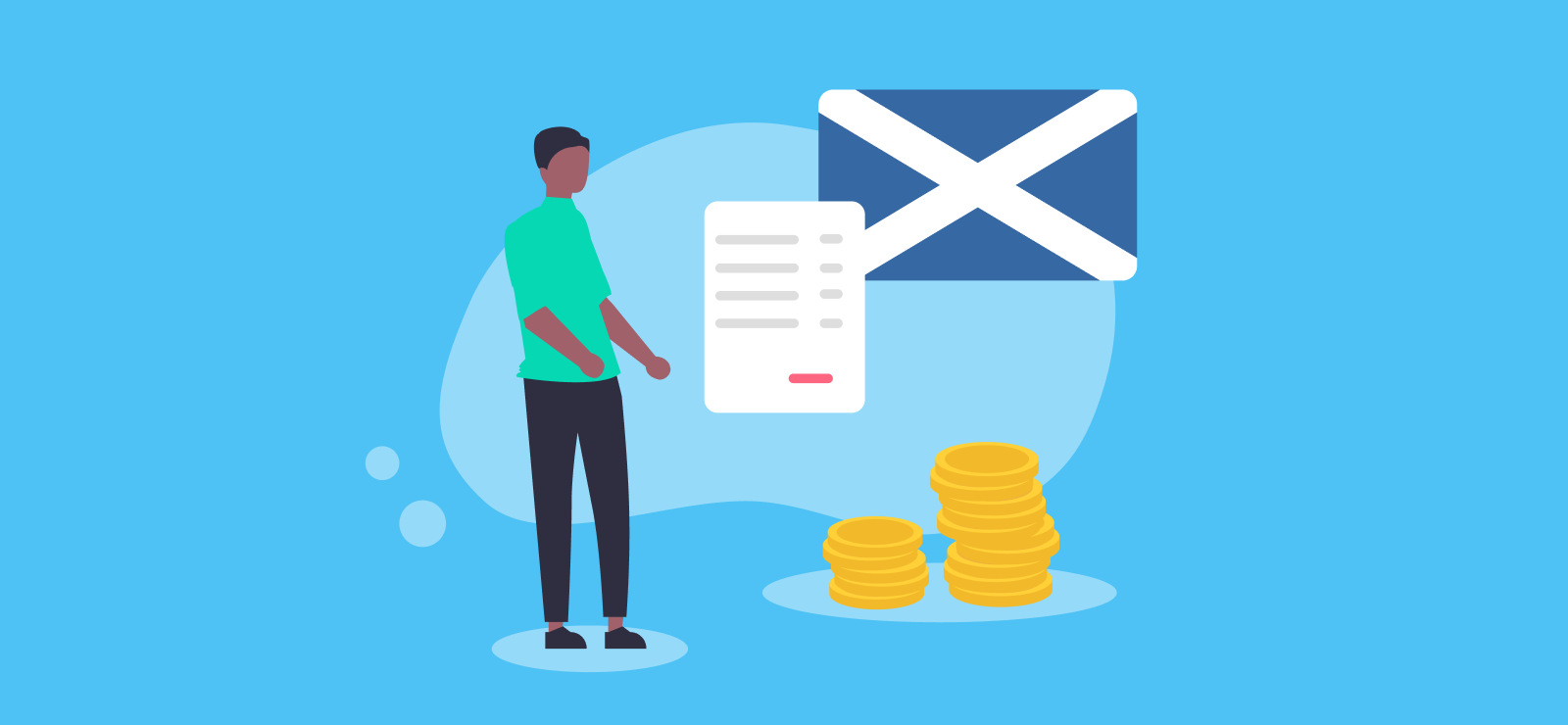

Understanding Accountancy Terms: Break Even Point (BEP)
Our ‘Understanding Accountancy Terms’ blog series deals with all of those frequently asked accounting and finance questions. In this article we explain what the term break even point means for your business, and how and why to carry out break even analysis.
What is a Break Even Point (BEP?)
In very simple terms, the breakeven point is the moment where your business has made enough money to recover costs. So when people talk about breaking even, they mean the point at which the total cost and the total revenue are balanced. The breakeven point (or BEP) is the fine line between profit and loss.
Why perform a BEP analysis?
Calculating the breakeven point will tell you how many sales are needed before the business can expect to start making a profit. That’s essential data when it comes to business planning!
A business that makes a lot of money might still fail if it’s not actually making enough to break even, let alone make a profit.
How do I calculate my breakeven point?
To work out your breakeven point, you’ll need to know:
- Fixed costs: these are the regular payments that won’t change, even if output does – for example, rent or insurance.
- Variable costs: the costs that change in proportion to your sales (for example the cost of making or buying your product or service).
- The price per unit: what you’re selling that product or service for.
Subtract your variable costs from the price. Divide your fixed costs by that answer. That’s your breakeven point.
What does a high or low breakeven point mean?
A low breakeven point means that the business will start making a profit sooner, whereas a high breakeven point means more products or services need to be sold to reach that point.
So, if your breakeven analysis reveals a high breakeven point, then you might want to consider:
- If any costs can be reduced
- If the sale price could be increased without causing a drop in sales
- Product variants, such as making tweaks to the product or service so that it appeals to a wider audience (without significantly increasing cost)
Variable costs and your breakeven point
Looking at ways of reducing costs is a delicate process. After all, you don’t want to damage the quality of your product, or leave staff feeling stressed! Your fixed costs, things like insurance, or assets such as machinery and building, tend to stay just that – fixed. That said, moving to smaller premises or a cheaper location can lower these.
Variable costs will change depending on the level of sales. For example, if you experience high demand, you’ll consider buying more stock, or taking on staff to provide more of your service. Doing that might mean taking on more staff, buying more raw materials, paying for more water and power, and so on.
As the costs increase, so too will your breakeven point – make sure that you don’t find yourself selling more units, but not making any money.
Learn more about our online accounting services. Call the team on 020 3355 4047, or get an instant online quote.
Want to learn more?
Subscribe to our newsletter to get accounting tips like this right to your inbox

Read more posts...

UK Tax Rates, Thresholds and Allowances for the Self-Employed
15th January 2026Read our guide to UK tax rates and thresholds for sole traders, limited companies, partners and partnerships, employers, and other businesses. Paying…
Read More
The Accountancy Partnership – Our Positive Reviews
14th January 2026We’re proud of our customers’ reviews here at The Accountancy Partnership The reviews we receive from our customers show how hard we…
Read More
Scottish Income Tax Rates and Thresholds for 2025/26 and 2026/27
13th January 2026If you live or work in Scotland then you may need to pay tax on your earnings using the Scottish Income Tax…
Read MoreConfirm Transactions
The number of monthly transactions you have entered based on your turnover seem high. A transaction is one bookkeeping entry such as a sale, purchase, payment or receipt. Are you sure this is correct?
Please contact our sales team if you’re unsure
VAT Returns
It is unlikely you will need this service, unless you are voluntarily registered for VAT.
Are you sure this is correct?
Call us on 020 3355 4047 if you’re not sure.
Bookkeeping
You will receive our bookkeeping software Pandle for free, as part of your package.
You can use this to complete your own bookkeeping, or we can provide a quote to complete your bookkeeping for you.
Please select and option below:
Call us on 020 3355 4047 if you’re not sure.

